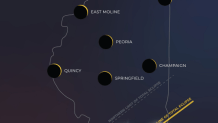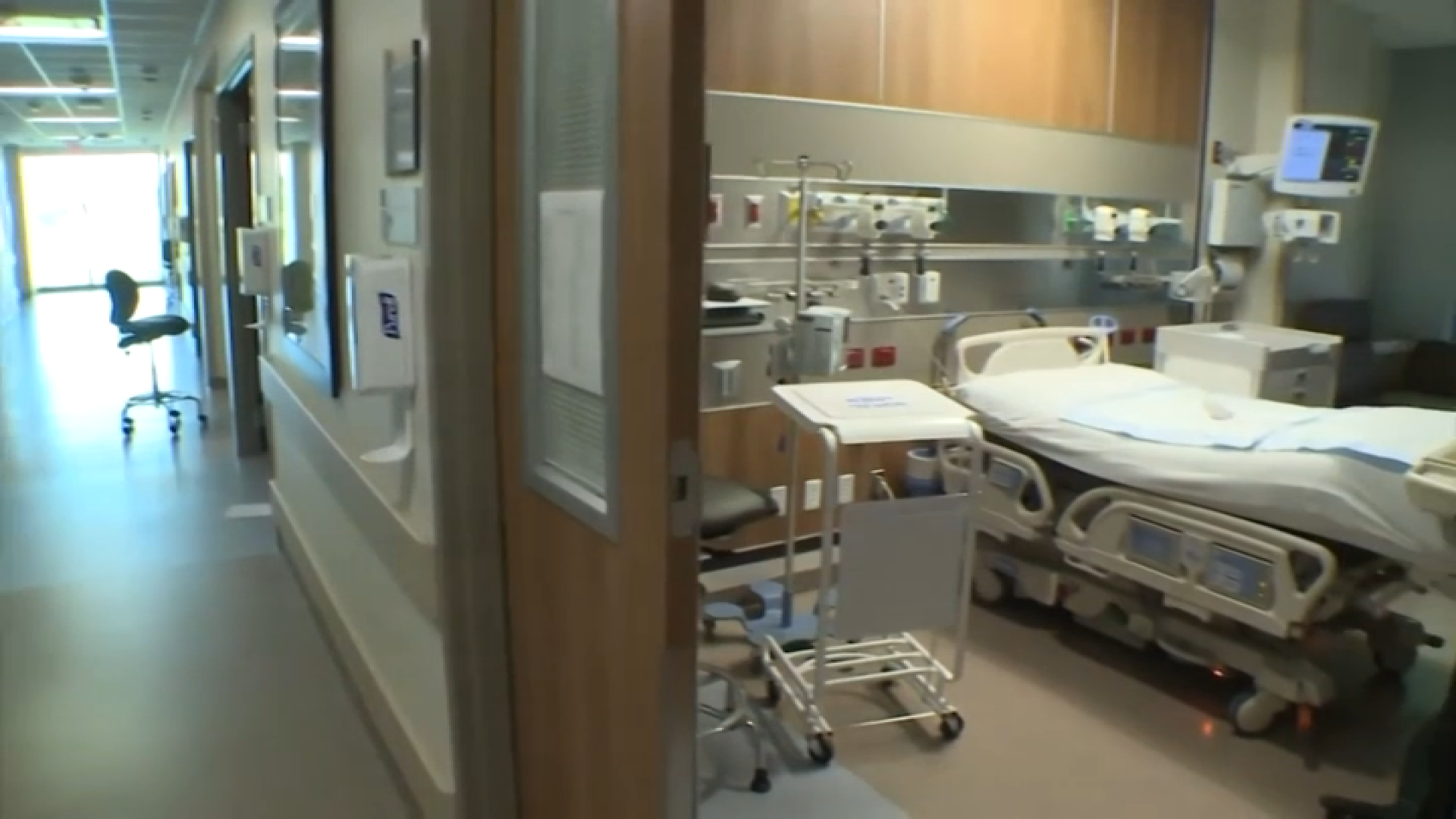Note: The video in the player above is from a previous report.
Want to experience this April's total solar eclipse from the sky? You might be able to do, at 30,000 feet -- through an airplane window, of course.
April 8, Delta Airlines will fly a special "Path-of-Totality" flight, "specifically for umbraphiles to be able to spend as much time as possible directly within the path of totality," a press release from the airlines said.
“The April 8 eclipse is the last total eclipse we’ll see over North America until 2044,” Warren Weston, Delta Air Lines Lead Meteorologist said in the release. “This eclipse will last more than twice as long as the one that occurred in 2017, and the path is nearly twice as wide.”
Delta flight 1218, from Austin to Detroit, will be specifically operated on an A220-300 -- a plane set to offer "especially premium viewing due to the aircraft’s extra-large windows," the release continued.
The flight, departing from Austin, Texas at 12:15 p.m. CT and landing in Detroit, Michigan at 4:20 p.m. ET, is timed to give passengers the "best chance of safely viewing the solar eclipse at its peak."
According to Delta.com, nearly all seats across Basic economy Comfort Plus and First Class on the flight are sold out. As of Monday morning, only some Main Cabin seats remain, the site showed, at $1,129 a ticket.
Local
By Monday afternoon, there was no longer an option to purchase any tickets for Delta flight 1218 on April 8.
Five other Delta flights that day that will offer what the airline is calling "prime eclipse-viewing opportunities." Here's where those ones will flying and when:
Feeling out of the loop? We'll catch you up on the Chicago news you need to know. Sign up for the weekly Chicago Catch-Up newsletter.
- DL 5699, DTW-HPN, 2:59 pm EST departure, ERJ-175
- DL 924, LAX-DFW, 8:40 am PST departure, A320
- DL 2869, LAX-SAT, 9:00 am PST departure, A319
- DL 1001, SLC-SAT, 10:08 am MST departure, A220-300
- DL 1683, SLC-AUS, 9:55 am MST departure, A320
On those flights, Delta said, passengers will need protective viewing glasses.
According to the Adler Planetarium, viewing the solar eclipse without glasses can result in irreversible eye damage within seconds, and as your eyes lack the nerve endings to register pain as it's occurring, it'll be too late by the time you know.
"The only people who can see the sun safely with just their eyes are the people who see totality - that is safe to look at," Michelle Nichols, director of public observing at the Adler Planetarium, told NBC Chicago. "Any other view of the sun, you must have legit, noncounterfeit solar viewing glasses to be able to do it."
According to Delta, flights are subject to "change due to factors outside of Delta’s control," such as weather and air traffic control.
When does the total eclipse begin?
Around 12:30 p.m. on April 8, the eclipse enter the country and begin moving into Southwest Texas.
By 1:30 p.m., it will move into the Dallas area, NBC 5 Meteorologist Kevin Jeanes said.
"It's going to move slowly to begin with, and the shadow will pick up some forward speed," Jeanes said.
Where is the "path of totality?"
The eclipse's "path of totality" will start in Southwest Texas and move northeast.
The path of totality includes the southern tip of Illinois, central and southern Indiana and Indianapolis. From there, it will race across Cleveland, Ohio; Buffalo, New York and into Maine.
The below map from the Adler Planetarium shows what the eclipse will look like in Illinois, with Carbondale, Mount Vernon, Metropolis and Mount Carmel among the southern Illinois cities in the path of totality.

Will it be visible from Chicago?
According to Jeanes, the eclipse will be "visible in some way from across the country."
From Chicago, parts of it will begin at 12:51 p.m., Jeanes said. The peak time to see it here will be around 2:07 p.m., Jeanes added.
By 3:22 p.m., it will move out of the area.
Will I need glasses?
Yes.
"You must have glasses from Chicago, or you can make a pin hole box to view it," Jeanes said. That's because it's not safe to look at from a vantage point outside the path of totality.
"We cannot look at the sun when not its the total eclipse," Jeanes stressed.
An article from Travel + Leisure magazine agrees, citing the American Astronomical Society.
"The American Astronomical Society recommends you wear solar eclipse glasses at all times while viewing a solar eclipse," the article said. "If you are not in the path of totality, you will only ever see the partial eclipse, so it's crucial you keep your eclipse sunglasses on at all times to avoid eye damage."
According to the Adler Planetarium, viewing the solar eclipse without glasses can result in irreversible eye damage within seconds, and as your eyes lack the nerve endings to register pain as it's occurring, it'll be too late by the time you know.
When is the next time a total solar eclipse will occur?
The next total solar eclipse in the United States is set to place Aug. 12, 2045.
The next total solar eclipse with Chicago in a path of totality isn't until Aug. 4, 2111, Jeanes said.



